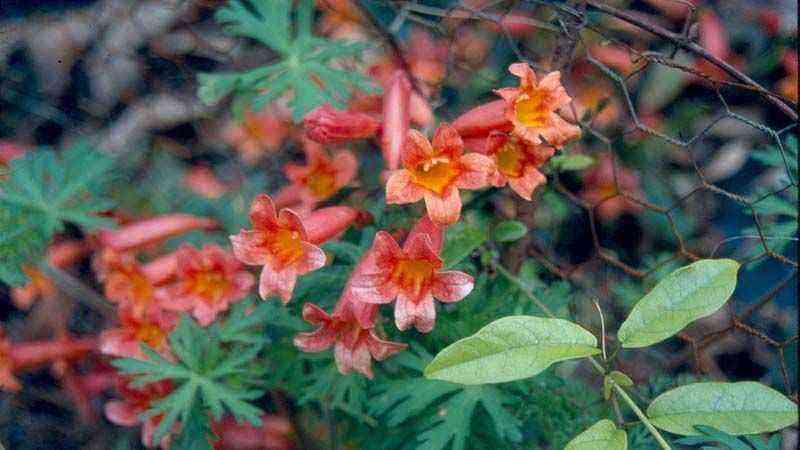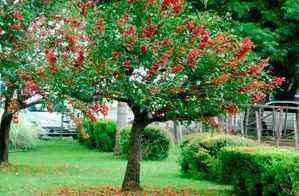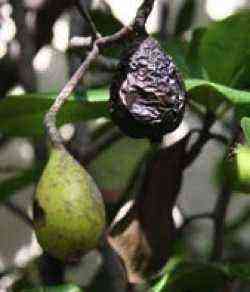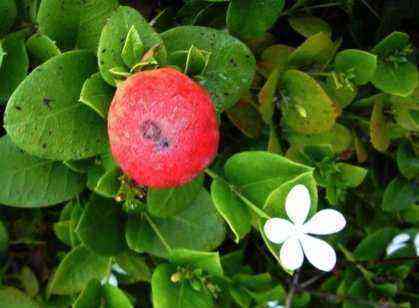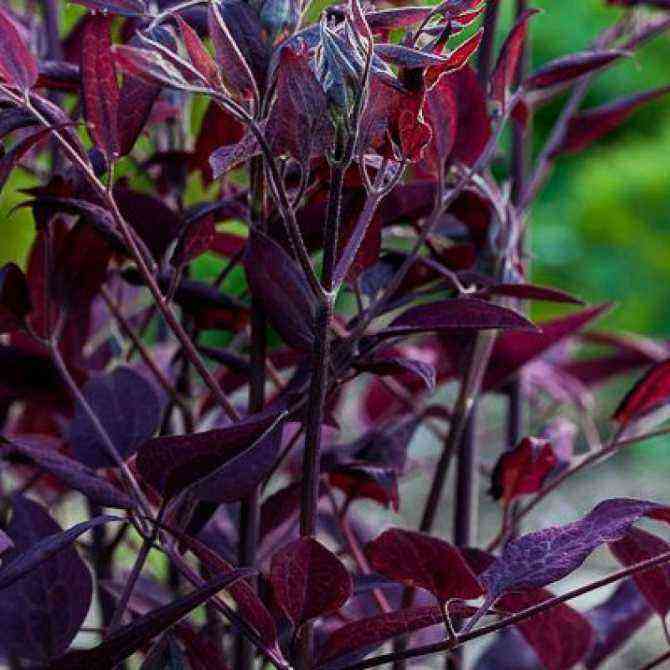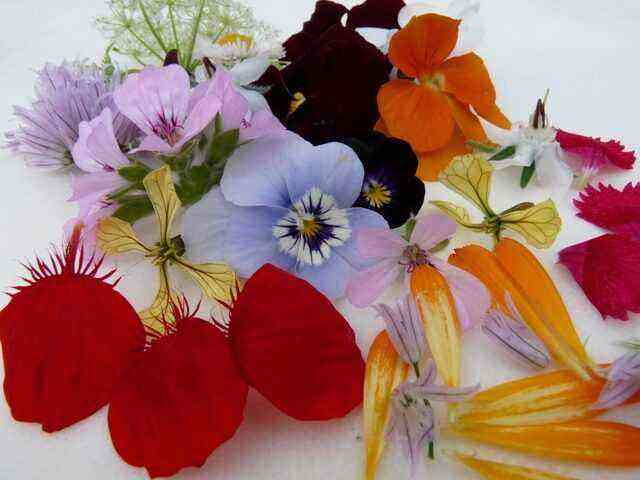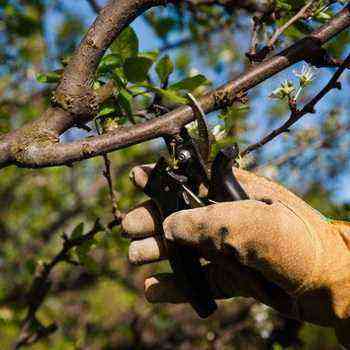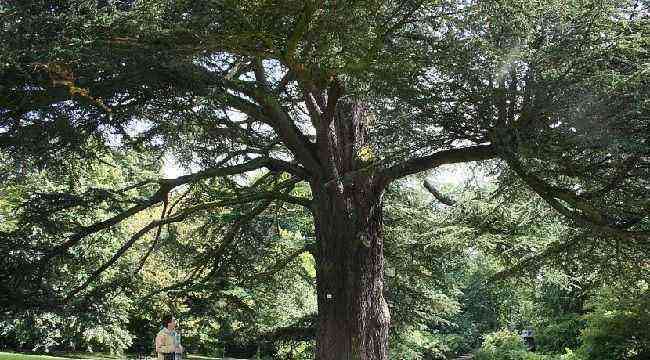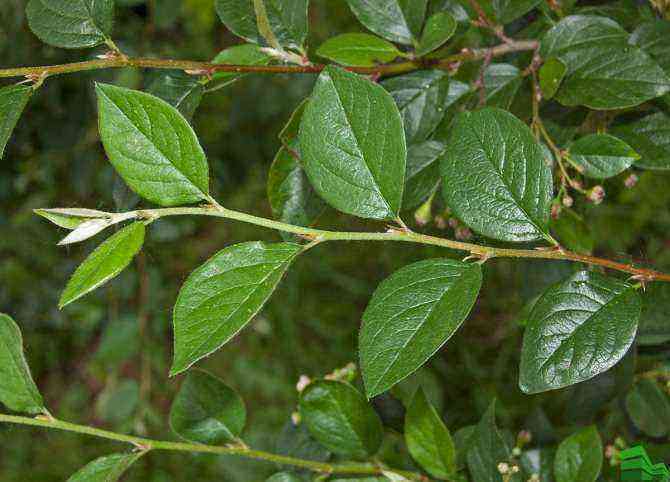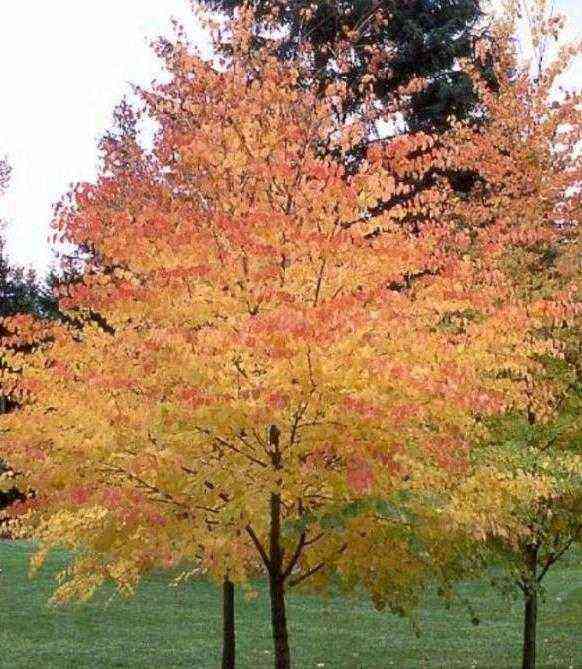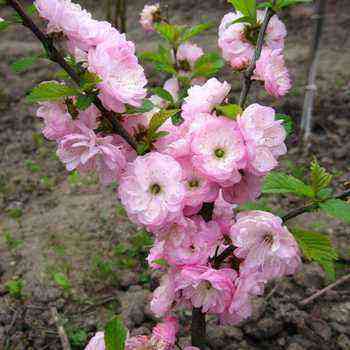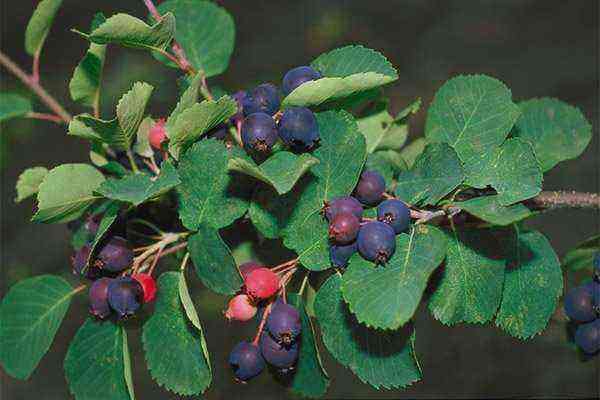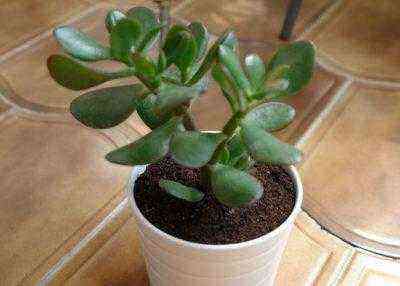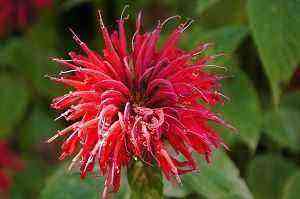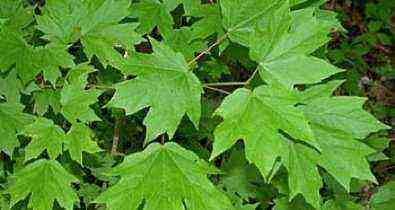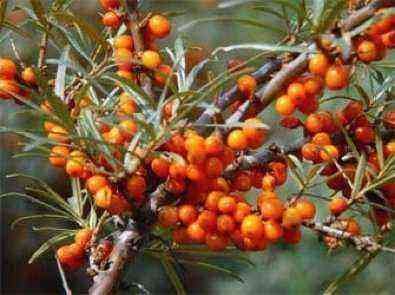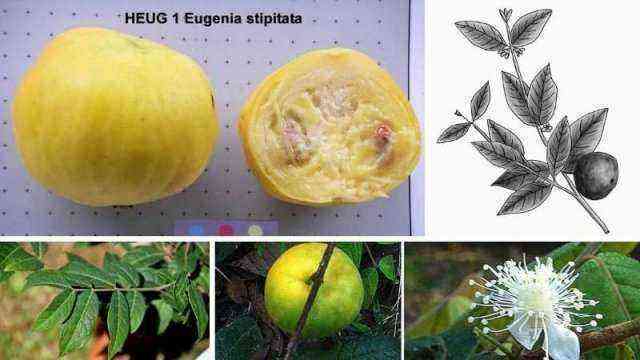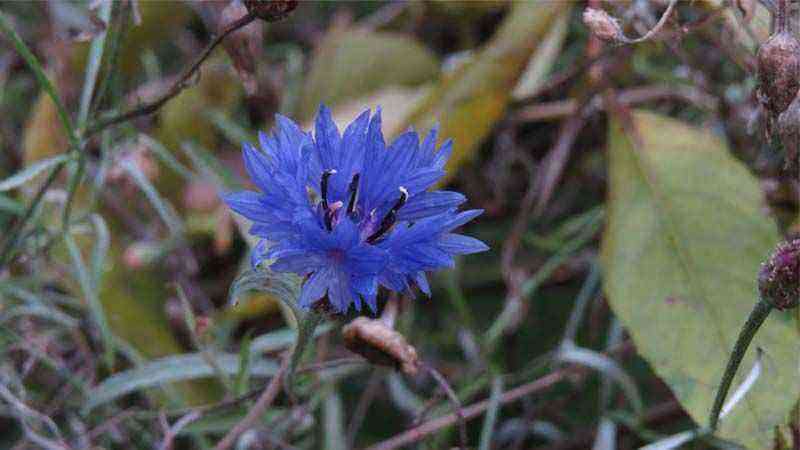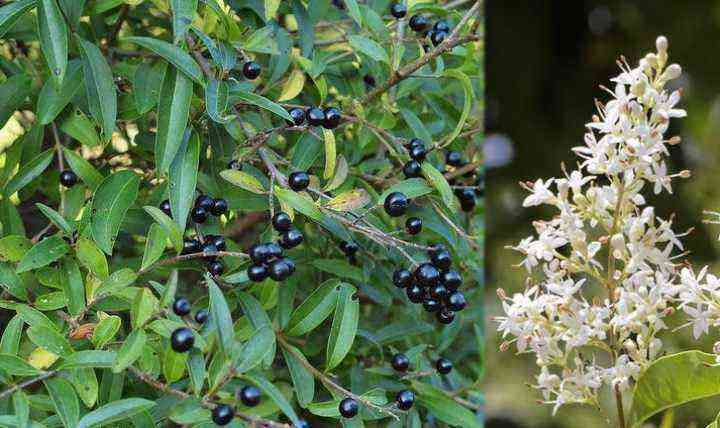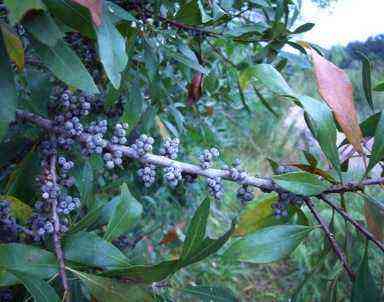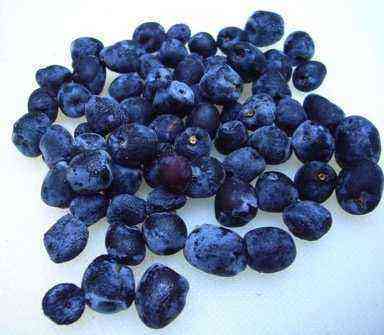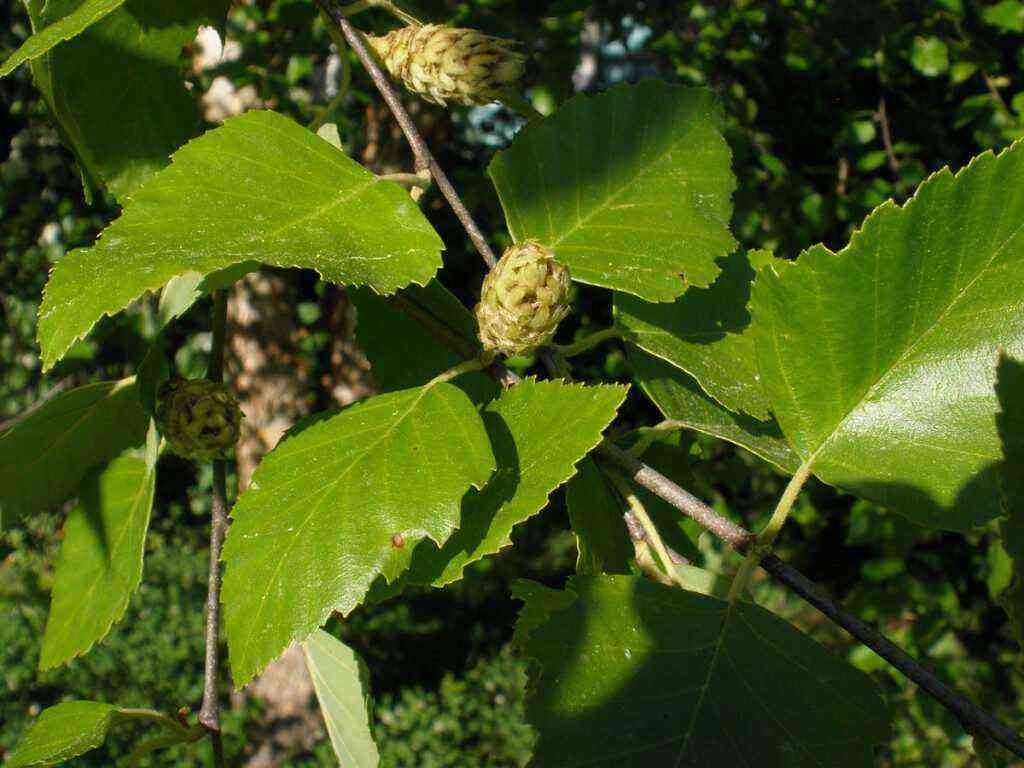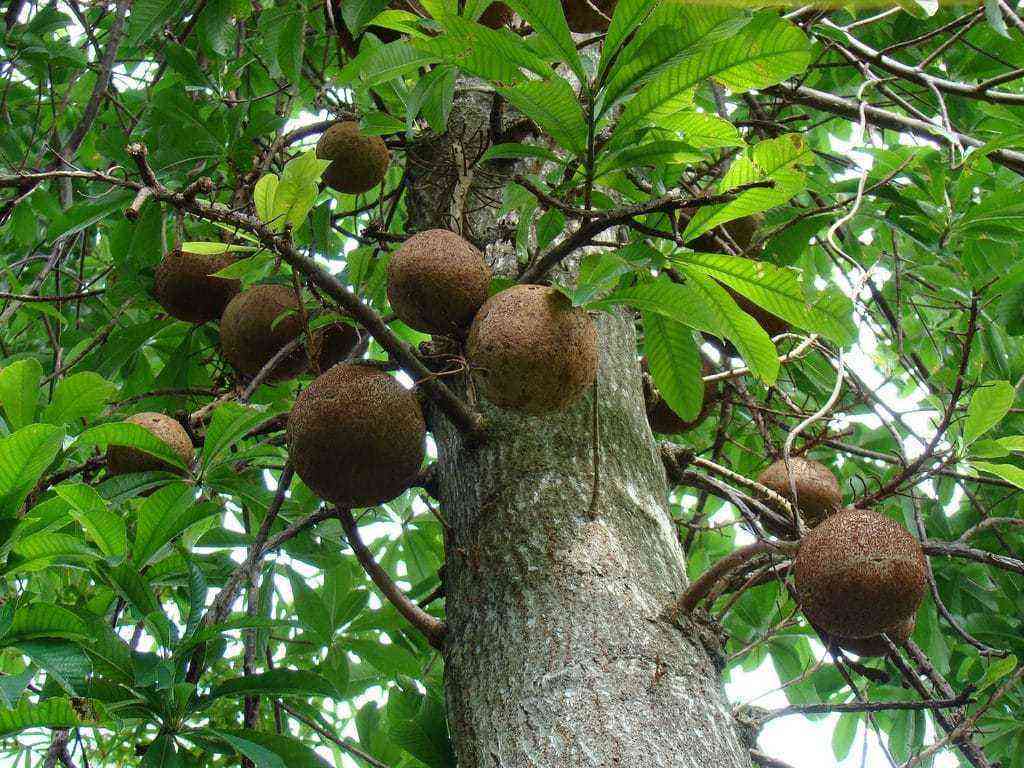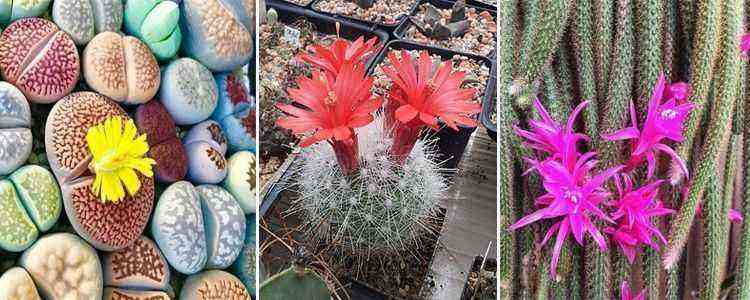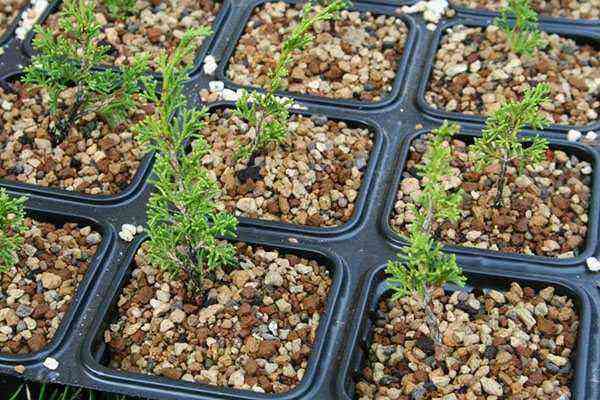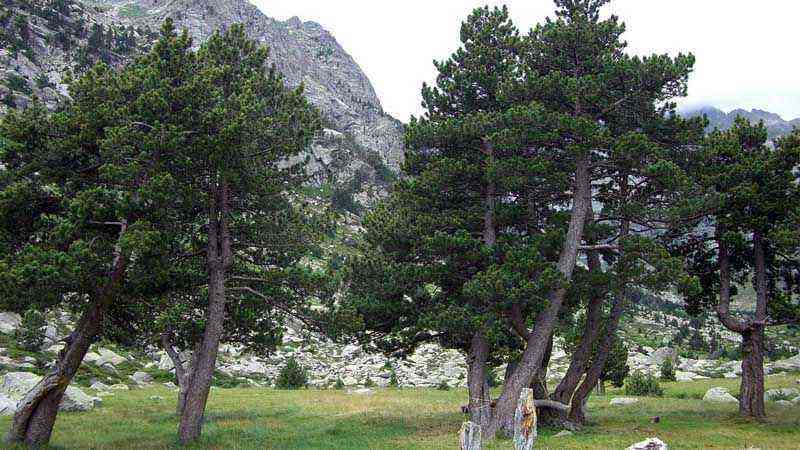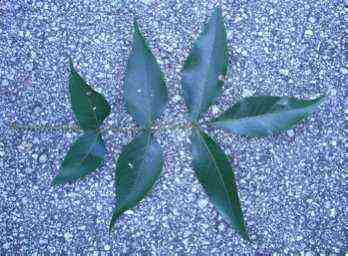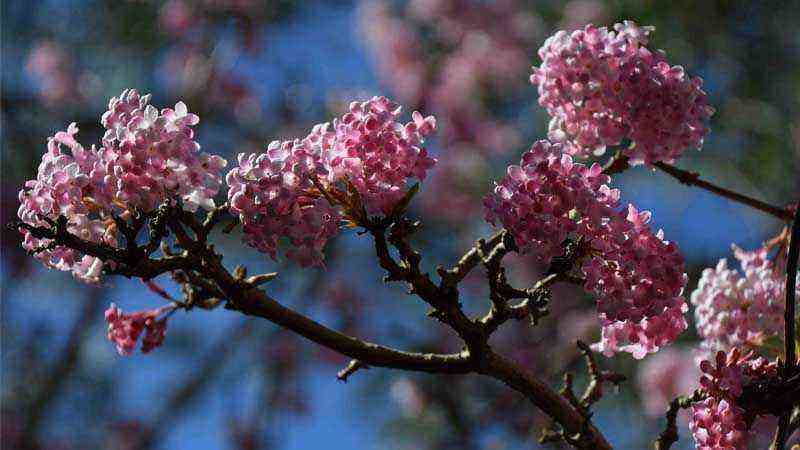It’s time to talk about a climbing plant. In this case we dedicate an article to Bignonia capreolata or as it is known colloquially, climbing bignonia. Large flowers and high density of foliage to cover any fence or fence that interests us. We are going to tell you a little about its origin, history, botany, cultivation, etc. In short, everything worth its salt.
Cultivation of Bignonia capreolata
Because of the man he has, he brings us closer to thinking that Bignonia capreolata belongs to the family bignoniaceae. Within this family there are more classifications, such as gender, this being Bignonia.
Its origin is in the United States, specifically in the South. It grows supported by the guides by which it climbs, but does not get to braid but rather by means of tendrils. The flowers are very showy and brightly colored, red or yellow (or a mixture of both). They are shaped like an elongated “trumpet”, large and full of aroma and fragrance.
We have already written about plants in this family, such as the winter bignonia (Pyrostegia Venusta). You can take a look at it, its flowering does not leave anyone indifferent either (you have photographs of how it looks on a fence and the great foliage that it comes to have, in the face of the privacy of those who live inside).
As is usually the case, it is best to see a photograph of what the Bignonia capreolata to be able to reach conclusions.
How to grow climbing bignonia
Like many other climbers, we will always find foliage throughout the year. It is “evergreen” as one might say. If you lose it, in part or in whole, it may be due to the cold.
However, you have to know that Bignonia capreolata it is quite rustic and does not present difficulties in its cultivation.
It usually grows with good sun exposure, typical of fences or fences. It is better this way although it may be the case, due to the situation of the house, that it generates a lot of shade during the day. Even so, there will not be excessive problems (be careful with the excessive conservation of humidity).
It is common to see them climbing in countless places, including the coastal environments. As for temperatures, it supports a wide range. Mild frosts and warm temperatures.
Irrigation and humidity
Bignonia capreolata nor has special growing conditions. It requires a periodic contribution of water that keeps the soil hydrated and with the field capacity (which we mentioned in the article on Humidity of floor).
Drainage is important in this crop, as the abundant humidity and, ultimately, the excess irrigation, ends up rotting the roots and turning the foliage of Bignonia capreolata.
Subscriber
At this point it is important that the fertility level of the soil is good to avoid deficiencies and lack of vigor. At least, if nothing else, it’s not bad. The initial inputs of organic matter (compost, manure, etc.) are of great help to Bignonia capreolata in its transplant and supposes an extra growth.
This fertility will have to be preserved with future contributions of said organic matter or other types of amendments, such as complex fertilizers. Always remember that it must be provided around the trunk, but not glued to it. The radius of the roots is usually similar to that of the tree canopy, this will help you to know the diameter of the roots, approximately.
Pruning of Bignonia capreolata
If the plant covers too much as a climber or its foliage is very dense (possible environment for certain pests and diseases to develop, away from positive aeration), it is good to perform rejuvenation pruning. We will remove dry or damaged parts and we will shorten the ramifications. This will give you the growth stimulus you need for the spring season.
Reproduction
In general, the reproduction of Bignonias it is usually done by cuttings. A part of the plant is selected, of non-woody consistency (semi-mature), leaving a couple of leaves near the apex and placing it in a pot, with controlled temperature conditions, good substrate (organic matter, earth and sand or any of those who sell) and constant humidity, without excesses.
On the other hand, the acquisition of Bignonia capreolata it’s not expensive. We can buy pots that have the plant with a growth of no more than a meter and a half that are transplanted very well and grow quite fast. With proper care, the climbing bignonia it will colonize your surroundings in no time and cover the wall, fence or fence quickly.
